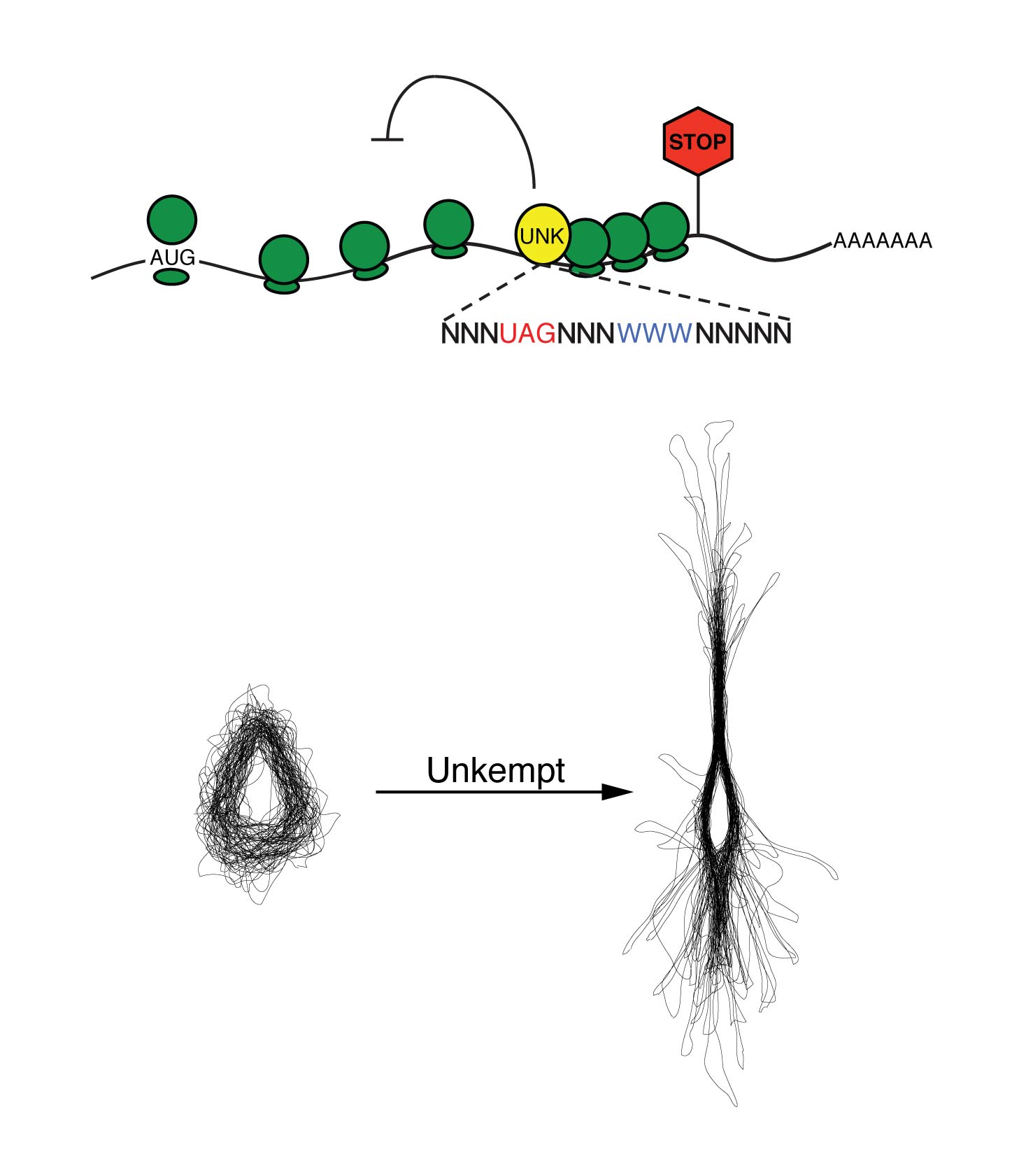
Neurons are among the most polarized cells in nature, having emerged more than a half-billion years ago in metazoans to receive, process, and transmit information. The basic instructions to polarize a neuron appear to be intrinsically encoded, but what drives neurons to their extreme morphology is largely unknown. In a recent article in Genes and Development, the Shi Lab describes a molecular program that induces the early morphology of neurons through a deeply conserved, metazoan-specific zinc finger protein Unkempt. They find that ectopic expression of Unkempt confers neuronal-like morphology to cells of different nonneuronal lineages, while its depletion in mouse embryonic brain disrupts the shape of migrating neurons. The authors show that Unkempt functions as a sequence-specific RNA-binding protein that targets coding regions of a defined set of ubiquitously expressed messages linked to protein metabolism and regulation of the cytoskeleton. They further demonstrate that RNA binding is required for Unkempt-induced remodeling of cellular shape and is directly coupled to a reduced production of the encoded proteins. Thus, during embryonic development, Unkempt controls a translationally regulated cell morphology program to ensure proper structuring of the nervous system.